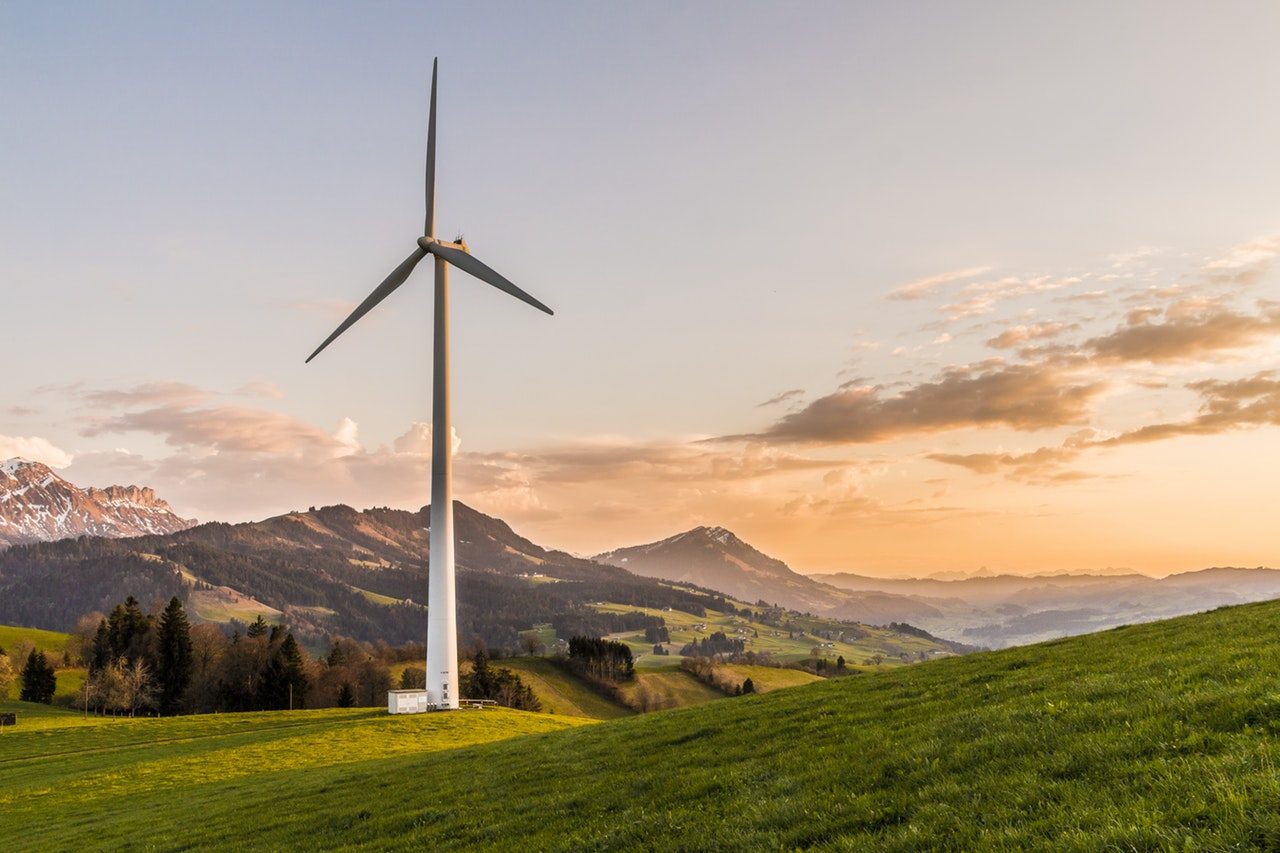-
Green New Deal aimed at radical climate action gaining attention in US
Date posted:
-
-
-
Post Author
Patrick LaveryCombustion Industry News Editor
-

-
An emerging movement within the US Democratic Party has been promoting a ‘Green New Deal’ with some eye-catching objectives, as Vox reports. While Democrats are generally more vocal about climate change dangers and supportive of measures to combat them than Republicans, the Democrats have not in fact had a plan to address climate change since 2009. With the Intergovernmental Panel on Climate Change stressing that there are only around 12 years to take decisive action, the Justice Democrats have developed the Green New Deal (a reference to President Franklin D. Roosevelt’s response to the Great Depression of the late 1920s and early 1930s, the New Deal). Though the details of the GND are still being worked upon, the draft outline is as follows: that after 10 years from the beginning of the execution of the plan, the US will be fully powered by renewable technologies, supported by a nation-wide smart grid. In addition, every residential and industrial building in the country would be upgraded to enhance energy efficiency, and manufacturing, transport and agriculture would be decarbonised. There would also be a programme of “massive investment in the drawdown and capture of greenhouse gases”, which may refer to direct air capture of carbon dioxide and/or reforestation or other initiatives. The huge range of investment would aim also to combat income inequality within the US by providing well-paying jobs for a broader section of society. While the term Green New Deal is not a new one, and has been proposed by various people over the last decade or so, the current incarnation is attracting a surge of interest, and has as a champion a rising star of the Democrats, Alexandria Ocasio-Cortez. As admirable as the plan is, it is difficult to see it as a realistic one. While renewables are expanding rapidly, they accounted for only 17% of electricity produced in the US in 2017, and the technical hurdles and costs in going 100% renewable in 10 years make it seem highly implausible. Working on all ~130 million residential and commercial buildings in the country, too, seems at least at first glance more work than the population could manage (though the 10-year timeframe may not apply to this initiative), and its necessity is somewhat questionable given that all electricity is to be renewable anyway. In a more realpolitik sense, the plan would face huge and well-funded opposition from oil and gas companies, which in general have a strategy of supporting climate change efforts that in the short term favour the use the gas firing, especially when it replaces coal. Nevertheless, the utopian flavour of the current New Green Deal may beget a more realistic detailed strategy which could influence long-term US energy policy.
